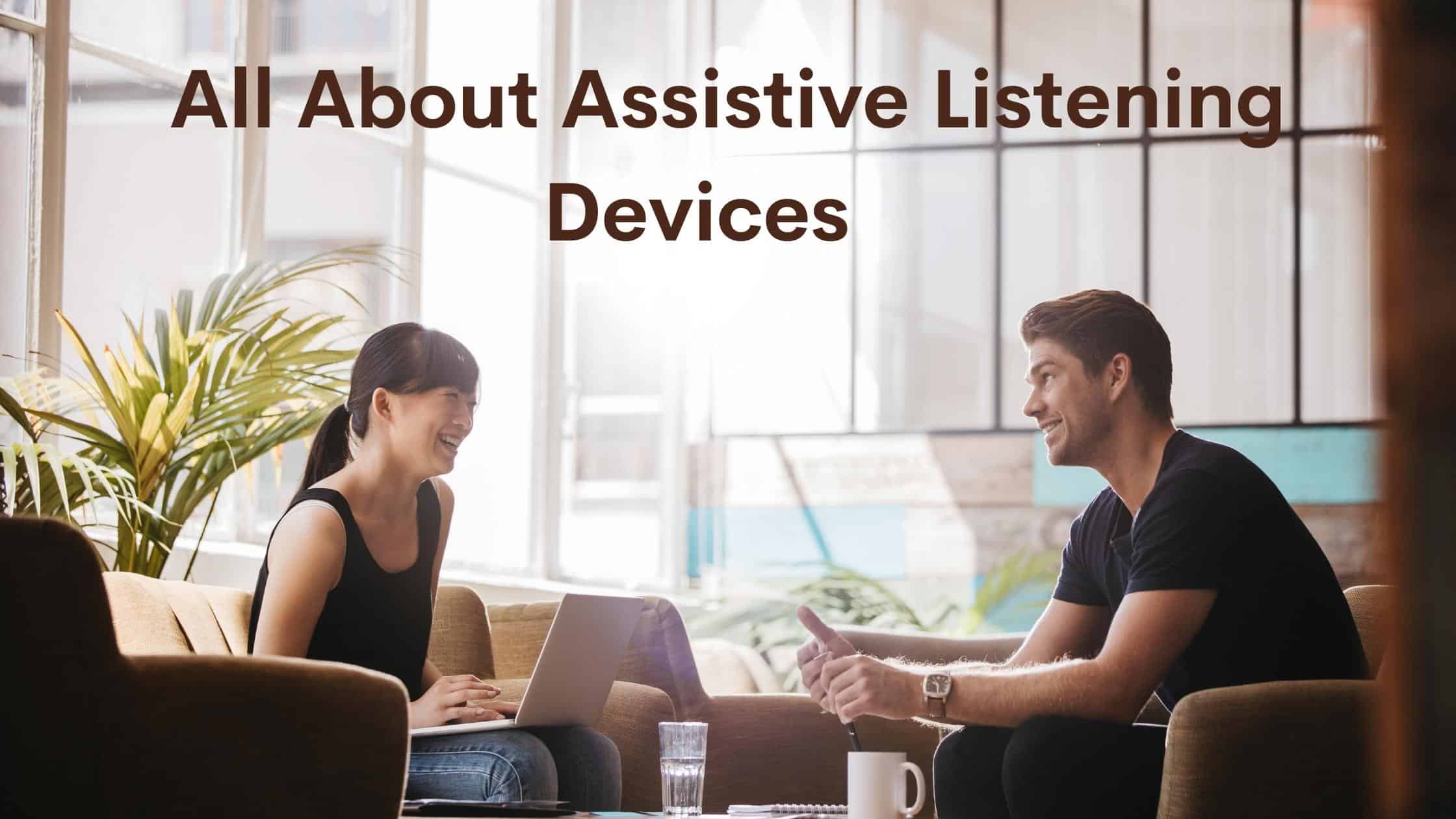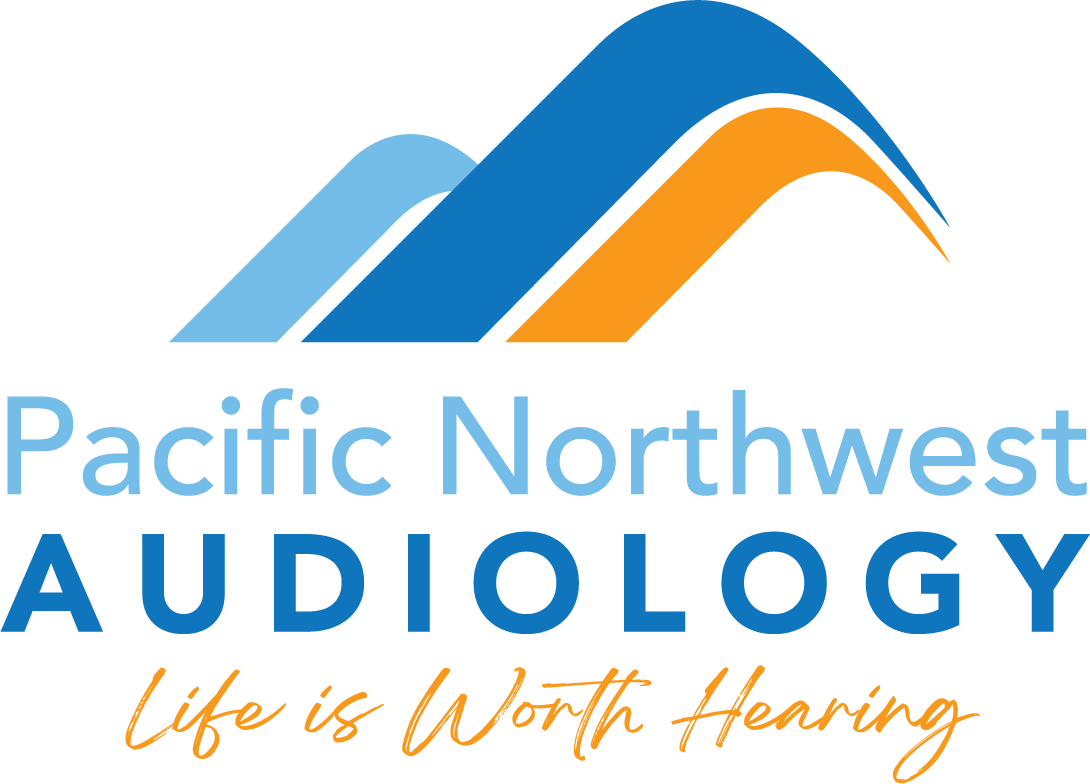
There is a range of diverse technologies designed to maximize hearing in different environments. If you have hearing loss, you likely utilize hearing aids to provide critical support as you navigate daily life. In addition to hearing aids, there are other types of devices that make spaces (and activities) more accessible for people with impaired hearing. Assistive listening devices (ALDs) refers to specific technologies that support hearing in public places as well as while using personal devices like phones and TV. There are a variety of ways you can integrate assistive listening devices to strengthen your hearing and overall experience!
Types of Assistive Listening Devices
There are numerous types of ALDs that people with (or without) hearing loss can benefit from. ALDs enhance connectivity and sound quality from audio sources – TV, phone, speaker – and can make it easier to hear in public settings. Common types of ALDs include:
- Hearing Loop Systems: hearing loops are among the most common types of assistive listening devices. These systems are specifically designed to make audio more accessible in public venues. The source emitting sound (intercom, microphone, headset etc.) sends the sound to an amplifier. This then sends a current through wires that line the space (along floors and ceilings) which creates a magnetic field. Hearing aids are then able to tap into this magnetic field, collecting the signal(s). Hearing aid devices do this by using a wire that is embedded into the device (referred to as telecoil). Most hearing aids today come with this feature which has to simply be turned on to work. The telecoil allows hearing aids to receive and process signals and convert it into sound to meet the wearer’s preferences.
- Amplified Phones: these phones are specifically intended to better support people with hearing loss. Amplified phones easily allow the volume to be adjusted in order to enhance sound quality. This is an especially helpful way to hear higher pitched sounds which can be challenging for people with impaired hearing. Amplified phones also have amplified ring tones which better alerts someone to the call. In addition to amplified phones, there are smartphones that are compatible with hearing aids. Phones like iPhones and Androids use acoustic or telecoil features to provide support. Acoustic coupling works to collect and amplify sound from the environment as well as your phone. Hearing aids that have the telecoil setting are able to pick up and amplify the sounds coming from your smartphone.
- FM Systems: this type of ALD, also referred to as radio frequency listening systems, uses FM systems to transmit sound from a source like a microphone to a receiver embedded in hearing aid devices. This system delivers sound to both hearing aids and are particularly helpful in noisier environments – classrooms, auditoriums, museums and other public venues. FM systems are commonly used in schools and require people to have a receiver which facilitates the connection. This can include hearing aids, cochlear implants, neck loops, or headphones.
- Television ALDs: there are different types of ALDs specifically for televisions. This includes amplifiers that work by connecting a wireless headset into the television that have volume control options.
- Alerting Devices: in addition to amplifying sound from different sources, there are ALDs that are designed to maximize alertness. Alerting devices allow people with hearing loss to be aware of their environment, increasing safety. These devices, in addition to amplification, use vibrations and visual cues to bring sharp attention to your settings and what is happening around you. Examples include the following:
- Alarm clocks that utilize vibrations to bring attention to the time.
- Doorbells that use different ways to alert you that someone is at your door. This can include flashing lights.
- Smoke detectors that in addition to using alarm sounds, also use vibrations and flashing lights.
These devices use other strategies to communicate potential hazards and danger which increases spatial awareness and safety. Assistive listening devices provide additional support with absorbing and processing sound. There is a range of options that can be incredibly helpful for people with various degrees of impaired hearing as well as for people without hearing loss. These devices are designed to easily integrate into daily life, making it easier to hear and communicate effectively!
